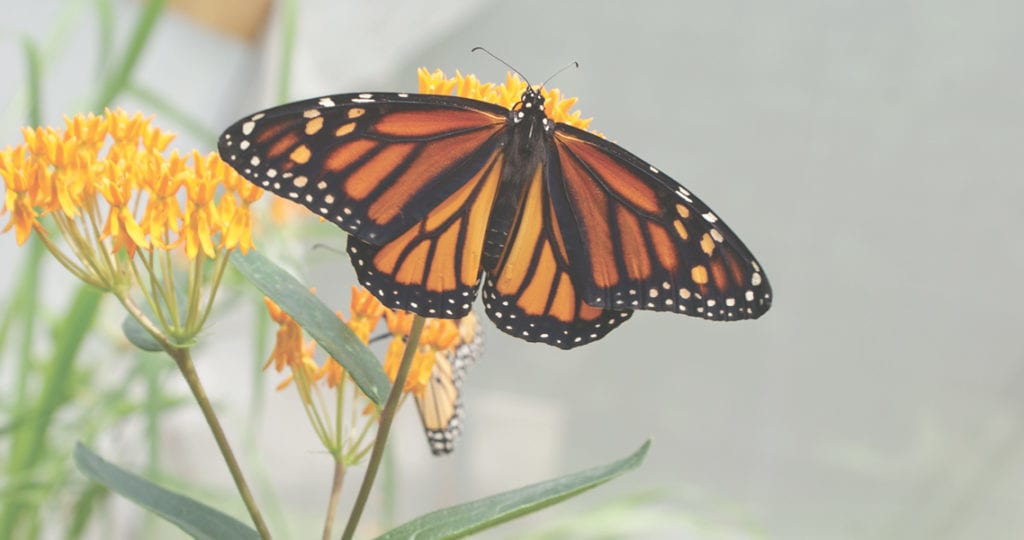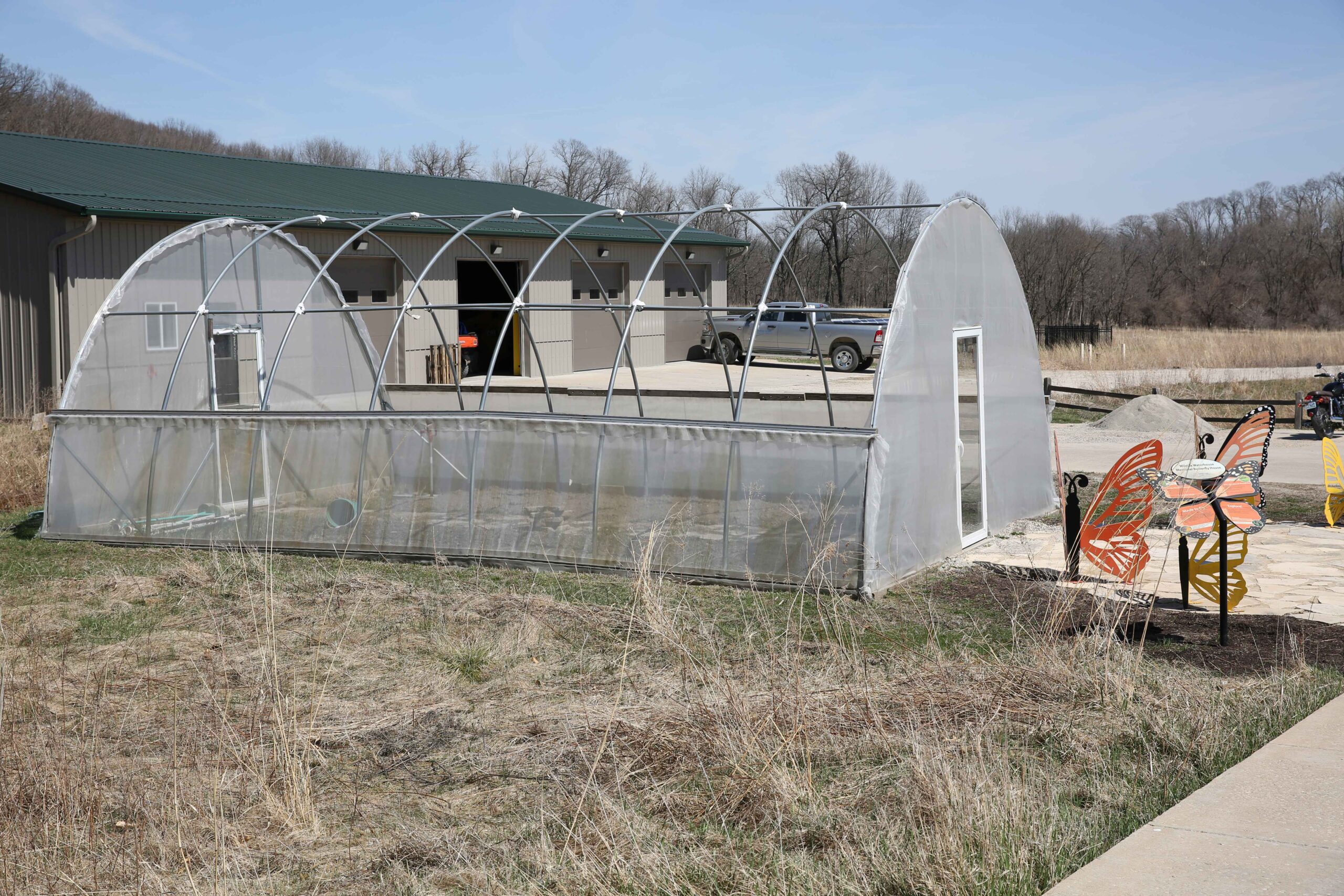My interest in volunteering with the Indian Creek Nature Center is rooted in my childhood days. There was no nature center back then, but even though I was raised in the middle of urban Cedar Rapids, I always loved being outside and exploring my environment. I walked a small creek a couple blocks from our house as often as I could, rode my bicycle to Ellis Golf Course to walk the woods that surround it and even hiked along the nearby railroad tracks to explore some undeveloped fields. Wintertime simply meant warmer clothes for some of the same activities, plus sledding and skating. My parents encouraged my outdoor interest and curiosity, and eventually it led to my BS Degree in Fisheries and Wildlife Biology from Iowa State.

After graduation, my wife Susan and I moved back to CR looking for gainful employment. The country was in the midst of a recession and work in my chosen field was virtually non-existent, so we settled in C.R. and began raising our family. My love for the natural world was still strong, and Sue eventually grew to respect and enjoy the natural world, also. We tent camped with our young family in our V.W. Beetle and expanded our adventures (and vehicles) as the kids grew up. Once our three kids were older, one of our favorite vacations was a backpacking hike down the North Rim of the Grand Canyon and overnight camping at the bottom. OK, it wasn’t one of Sue’s favorites!
As our children were growing up, we enrolled them in several of the Nature Center’s kids’ camps at the old Penningroth Barn. Sue was a stay-at-home mom until the kids were old enough to start school, so she got them involved in all the classes she could. They pretty much always came home dirty, but smiling and bubbling about the fun they had and what they learned in their classes. When our kids were grown, the grandchildren were next in line to carry on the Nature Center tradition. By this time Sue and I had done a little volunteering, but not a lot due to full-time jobs and time restraints. However, when our granddaughter came home with monarch caterpillars that her instructor gave her – thanks, Jan Aiels – we were hooked on raising monarch butterflies. That was ten years ago, and since then, Sue and I have worked closely with Andria Cossolotto, the Education Manager at ICNC, on Monarch Fest planning each year. We’ve raised caterpillars for the Monarch Fest caterpillar give-away, taught the seminars required for the caterpillar adopters, and helped in any other way we could. We’ve also assisted Roberta Lympus in raising and transporting the native Iowa plants given away at Monarch Fest each year.
During our time working with the Nature Center and learning all we could about the life cycles of the monarch butterfly, we came to realize the serious situation now facing monarch populations all over North America. In fact, habitat loss, environmental poisons and human lack of understanding are all contributing not only to the monarch’s plummeting population, but also to the ongoing demise of ALL pollinator species. This realization stimulated our interest in cultivating and sharing knowledge about native Iowa plants that benefit all pollinators. We both learned all we could about the dire situation with our pollinator populations, and how individual people can have a positive impact on the movement to save the myriad pollinator species. We planted a “pocket prairie” with native Iowa plants in our front yard and continued our pollinator plant education, all the while sharing our passion with our grandchildren.
And then, the derecho hit. It devastated the tree canopy in Cedar Rapids and one of its victims was the 150+ year old Pin Oak in our backyard. The tree spanned most of three backyards in our block and instantly changed our full shade backyard into a full sun backyard. We spent months cleaning up, rebuilt the wooden fence surrounding the entire yard as well as the garden shed, and shoveled, raked, and leveled loads of topsoil. We planted a new bur oak near the stump of the fallen oak, and gave away many, many hostas and other shade tolerant plants. We eliminated all of the turf grass and planted the native Iowa “Derecho Prairie” in our backyard.
In the meantime, we continued working with ICNC in different ways. Eventually Andria, the official hoop house guardian at ICNC, approached Sue and me, asking if we would undertake replanting of the butterfly hoop house. It was last planted in 2019, and though some people were trying to keep it under control, Mother Nature overtook a great deal of the house with weeds. That was last November, and we’ve been working toward the goal of replanting the house by mid-May of 2023. We have a small committee of dedicated, very knowledgeable people all working together to make this project a reality and there’s no doubt it will be completed.




